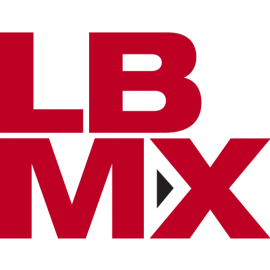Exploring Product Information Management (PIM) Solutions for Vendor Data Enrichment and E-Commerce Synchronization
Managing vendor product data is key for e-commerce success. Explore top PIM systems that centralize, enrich, and sync data, offering AI tools and integrations to boost accuracy and customer experience. Find the right solution to streamline your workflows and support growth.

Managing and enriching vendor product data while ensuring seamless synchronization with e-commerce platforms, is a critical challenge many businesses face today. Product Information Management (PIM) systems are powerful tools designed to centralize, organize, and optimize this data, which provides consistency and enhances the overall customer experience.
If you’re considering a PIM solution, understanding how various platforms differ in features, integrations, and pricing can help you make an informed decision. Below is an overview of several notable PIM solutions available in the market, highlighting their strengths and what makes them stand out.
DDS
DDS provides a cloud-based PIM specializing in data syndication, which means it pulls product data directly from manufacturers and suppliers. This approach reduces manual data entry and ensures up-to-date information. DDS supports a vast network of over 1700 vendors with access to 12 million products and growing, though vendor coverage may vary based on your business's vertical.
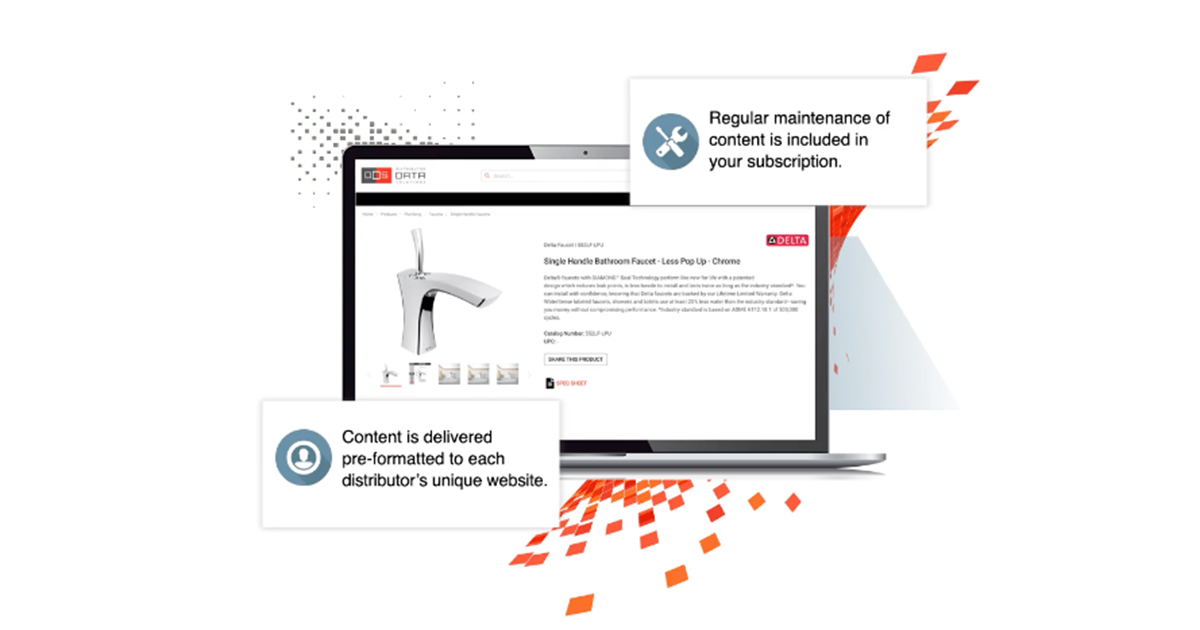
Akeneo
Akeneo’s solution can combine both their supplier data management (SDM) system with traditional PIM capabilities. SDM simplifies data import and mapping for vendors and offers front-end business rules for conflict resolution between products with similar SKUs. On the other hand, the PIM system provides completeness checks, product templates (with Akeneo workshops for best practices), and an AI Data Architect Agent to assist with automating the creation of product families, attribute groups, and attributes from ERP and e-commerce exports. Akeneo is considered a leader in the PIM space, and, fair warning, the price will reflect that.
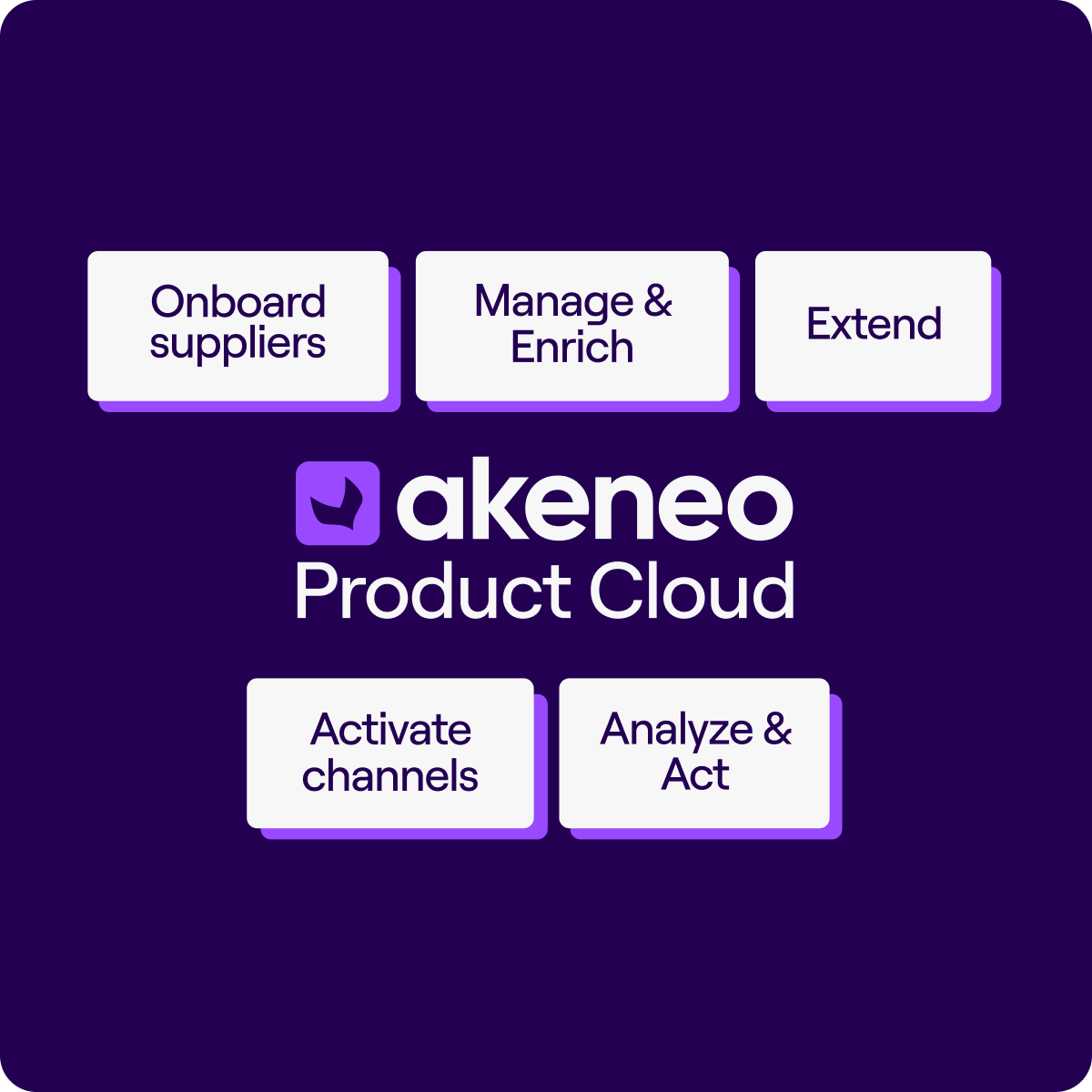
Sales Layer
Sales Layer is notable for its flexibility in importing data from multiple formats such as CSV, Excel, and XML. It offers AI-driven data enrichment and multi-language support, plus seamless integration with platforms like BigCommerce. While it attempts to automatically map incoming data to a PIM-based structure, a manual review, validation, and adjustment process is typically required.
Import connectors can be created for individual vendors or for all manufacturers. This allows for specific mapping definitions for problematic vendors or a general import function. Additional conditional-based mapping can also be added based on incoming field values.
Sales Layer includes translation and AI capabilities to support multi-lingual markets and automatically enrich data. While AI is expected to be free, translation services may incur usage-based costs. Overall Sales Layers offering and services are on the leading edge, while their price is well placed to make them competitive in the market.
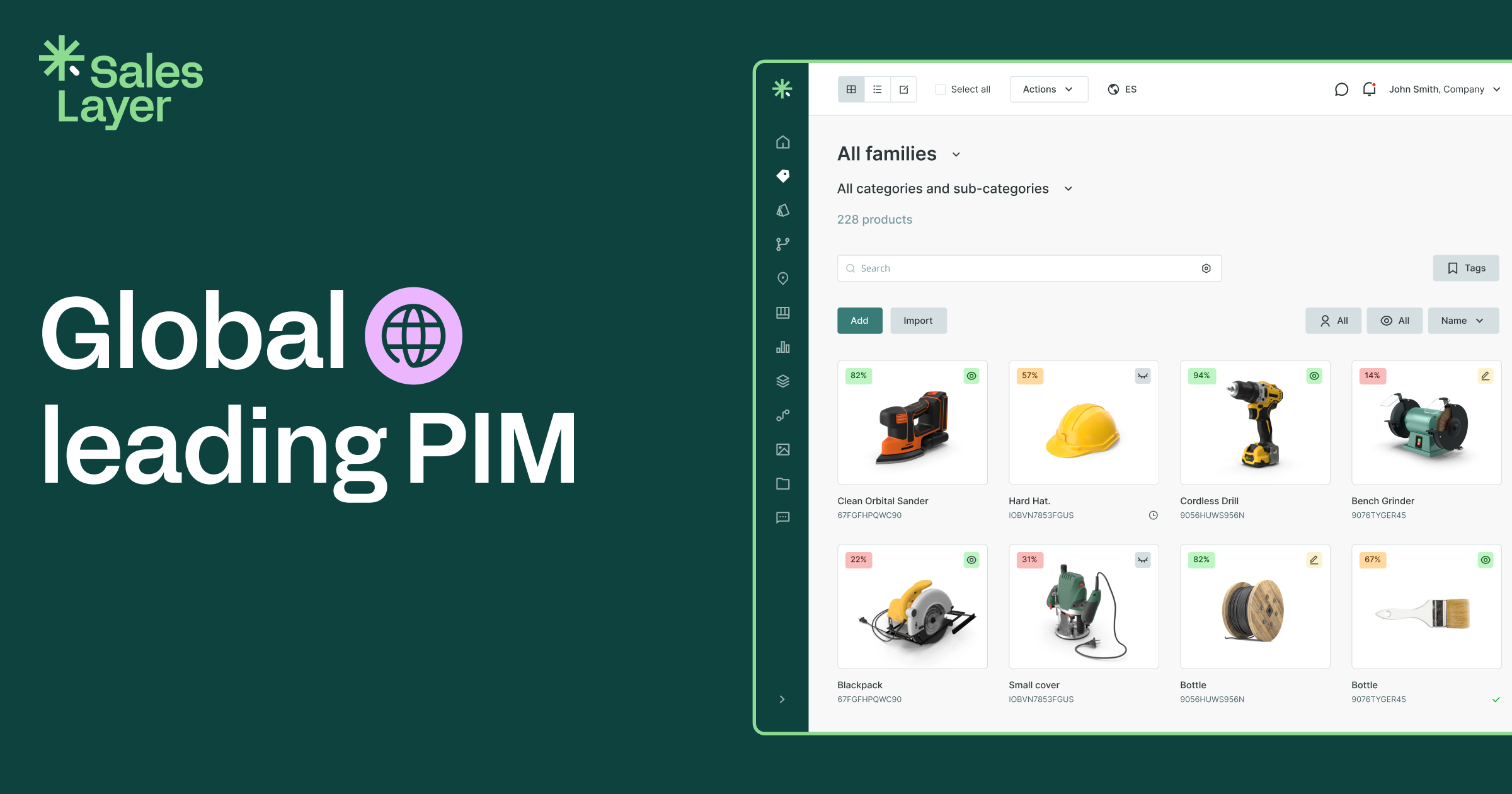
Salsify Enterprise PXM
Salsify offers advanced PIM features including layered product management and AI-powered data enrichment. Salsify’s PIM allows departments within an organization to hone in on their specific product data (think marketing, sales) and enrich as needed, allowing your organization to tailor product information to the needs of the overall business.
Due to its extensive features like AI detail enrichment, completeness review, layered product handling for variant propagation, and online catalog creation, Salsify comes at a cost. It should be noted that Salsify is not the only provider of these features, but it is a premium solution.. Competitors such as Sales Layer provide similar functionalities, though their online catalog may be less refined, at a significantly lower price point.

LBMX
LBMX started from an Electronic Data Interchange (EDI) background and now provides both syndicated product data and PIM services. LBMX flies under the radar due to a lack of marketing. LBMX has two main components to assist with product information enrichment and management, PDX and PIM.
PDX is the data syndicated from manufacturers that is typically then fed into their own PIM, or provided for alternate PIMs, or even directly communicated to e-commerce solutions. PDX syndicates data from a variety of manufacturers directly solving the sourcing problem, and keeping product information current.
PIM, just like any other, is for managing and further enriching product data and attributes. LBMX appears to be focusing a lot of their engineering resources in improving their PIM, as it has to be said in its current state it only provides the basics. It should be noted the data syndication can be configured for individual product attributes, but at a global level i.e., if you want to manage your own product long descriptions versus having the supplier define it, you can uncheck synchronization of this parameter - but this effects all vendors! Their engineering team is currently enhancing the data model so that this can be done at the vendor level; however, I did discuss the benefit of approaching this at the product level..
LBMX implementation and subscription costs are competitive, and their contracts are typically structured on a monthly cadence, allowing you to take it for a test with no long term commitment.

Plytix
Plytix, based in Malaga, Spain, offers a product information management (PIM) solution with lifetime and nearshore US support. It integrates with ChannelEngine and ShoppingFeed for marketplace distribution and supports imports from CSV, API, as well as files located on Dropbox, FTP/SFTP, but not PDF or website scraping. Key features include creating manufacturer profiles for data mapping, defining product attribute groups and attributes through product families, and offering a full-scale implementation service to structure data and connect to platforms like BigCommerce and Google for $3k-$5k.
Plytix provides a completeness overview for products, supports a maximum of 3 levels of variants, and includes a relationships option for associated products. It allows filtering products for analysis, bulk editing with find and replace, and creating dynamic lists based on filters to identify products for syncing. Users currently need their own OpenAI API key for AI-enhanced details, however this is likely to change in the future to a transaction-based approach, which should offer some savings. A trial of Plytix is available for evaluation.
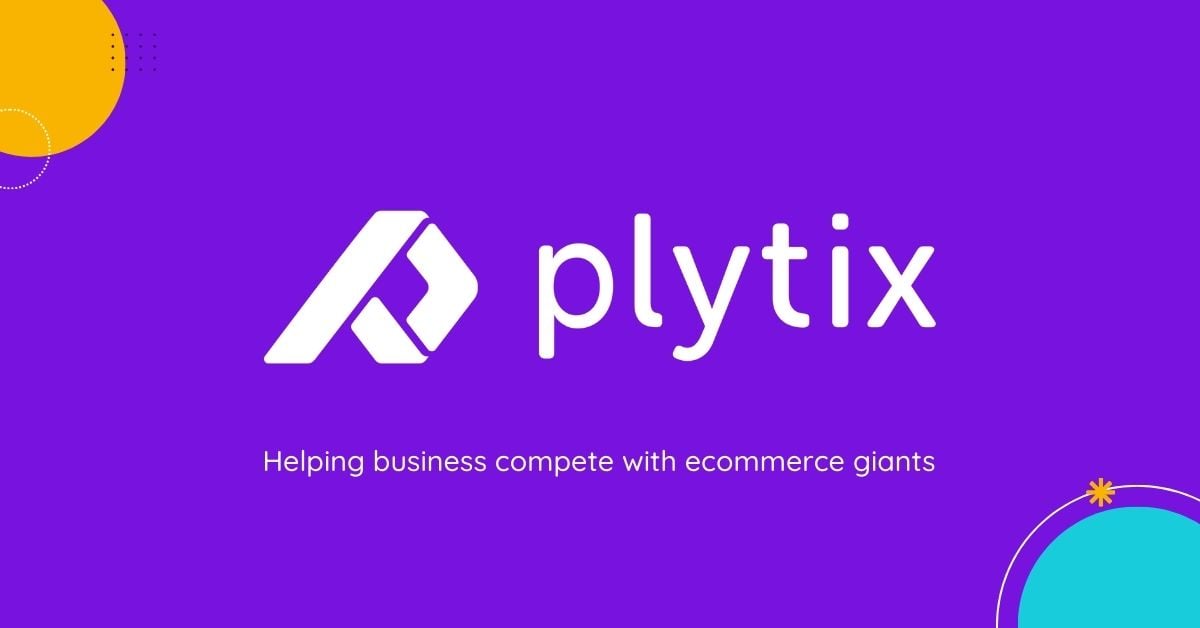
Pimcore
Pimcore offers a range of components designed to enrich data for various channels. For instance, its Digital Asset Management (DAM) system can tailor images for specific endpoints like Amazon, Google Merchant Center, BigCommerce, or ERP systems. The Product Experience Portal (PXP) enables the creation of focused portals for different departments, such as marketing or sales, providing them with product information relevant to their specific vertical.
Pimcore's self-hosted solution costs $29,900 annually, which does not cover data syndication as these costs depend on the providers utilized - basically they would each be a custom integration, so no real data aggregation offering. Implementation costs would be determined by a discovery session with agencies that Pimcore collaborates with. Alternatively, their SaaS (Software as a Service) solution, the Growth Plan, is priced at $57,900, making it a premium option. This fee is based on the cloud resources consumed, including hosting, support, RAM, storage, backup, and uptime. One unique offering is the implementation process (comes at a cost) assists with product data mapping, product families, attribute groups, and attributes - similar service to Plytix.

Key Considerations When Choosing a PIM
- Data Enrichment: Look for features like AI enhancements, completeness checks, and customizable attributes.
- Integration: Consider how well the PIM integrates with your existing ERP, e-commerce platforms, and marketplaces.
- Budget: Account for not just license fees but also setup, implementation, and ongoing maintenance costs—as well as any potential API costs for AI and translation services.
- Data Syndication (Optional): Do you want to manage the data yourself, or are you looking for someone to aggregate the data on your behalf?
- Vendor Coverage: Ensure the platform supports your key suppliers and product categories.
- Industry Fit: Some solutions cater better to specific sectors like industrial, MEP, or IT.
Selecting the right PIM solution can dramatically improve your product data management, reduce manual work, and provide a consistent digital experience for customers. By understanding the landscape and options available, businesses can find a system tailored to their unique needs and growth goals.
Would you like me to help create guides or comparisons for a specific industry or company size? If you would like, I can help you explore any of these platforms in more detail or discuss best practices for implementing PIM solutions.




